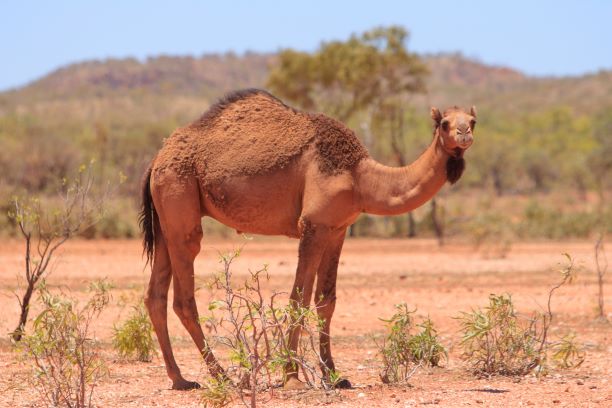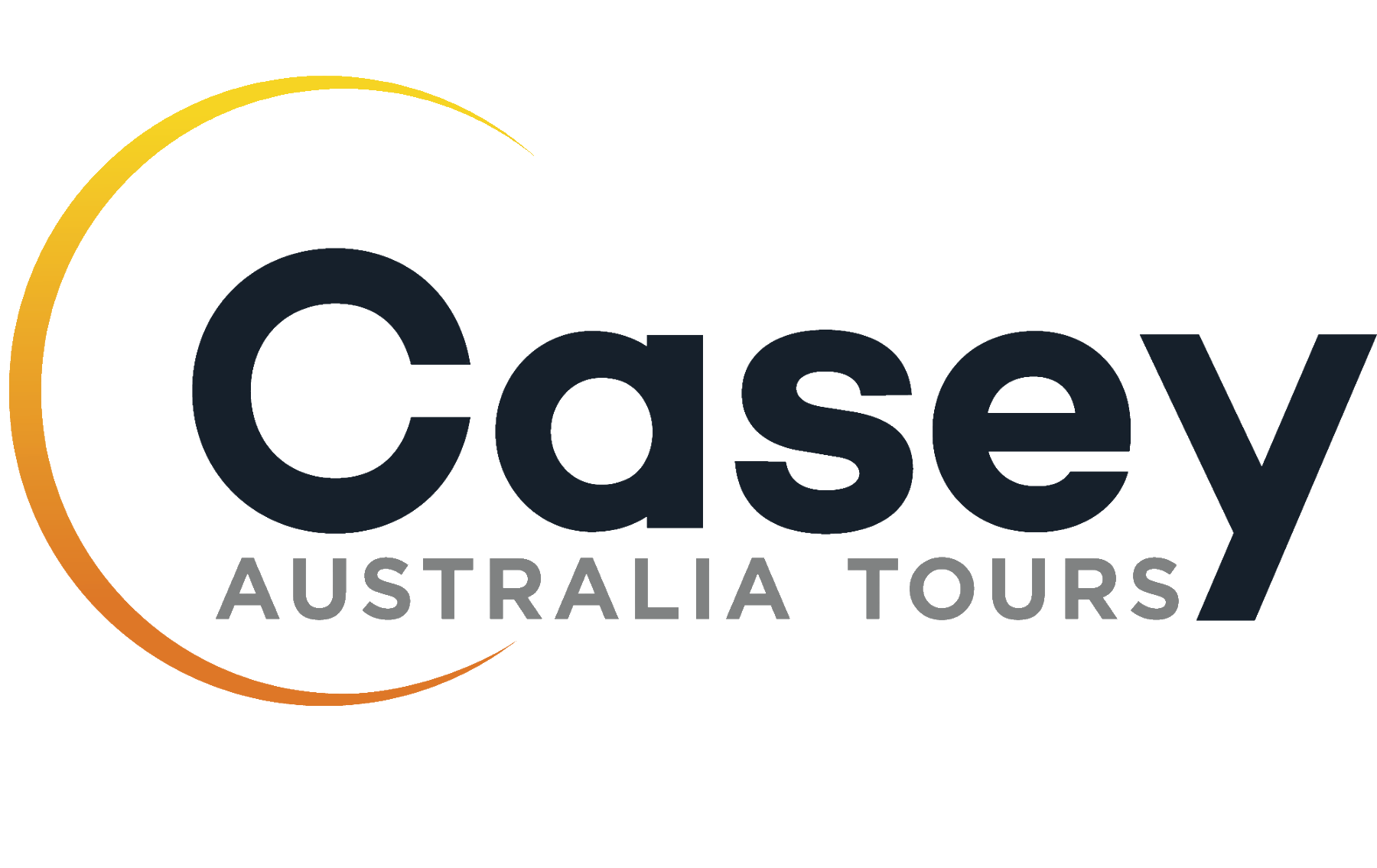
Love them or Hate ’em, feral camels are a plague in the outback- or are they?
Though thousands of tourist’s flock to Central Australia on the chance of capturing an image of these peculiar creatures – ships of the deserts. The world “camel” comes from an Arabic word that translates to “beauty.”
The Australian outback is home to an extraordinarily large amount of camels. The government-supported website Feral Scan, which monitors invasive species, puts the current number at between 1 and 1.2 million, with this amount reportedly doubling every eight or nine years.
Though it is a total boggle on why there isn’t a continuous stream on camels on the highways. So, how on Earth did such a huge number of non-native animals come to be here?
It all begins back in the days of early Explorer’s like Stuart. Not to over exaggerate the vastness of our great county but it is huge, bigger than huge, massive and that is still an understatement. Australia coves over 7.5 million sq km or to put it in perspective, 50 per cent greater than Europe, and 32 times greater than the United Kingdom.
When parts of coastal Australia were settled by the British from the late 1700s onwards, the colonial thinking of the day meant that a fuller exploration and understanding of this vast landmass became seen as a necessity.
Indigenous people had lived here for tens of thousands of years – adapting, surviving, reading the land – but for newly arrived Europeans, the interior was a sun-scorched, unknowable expanse.
Inland expeditions began to take place with regularity, in often punishing conditions. Confusion sometimes reigned – a map from the early 1800s mistakenly shows a huge inland sea in the centre of the country – but, explorer by explorer, the continent was pieced together.
Goldfields were discovered, outback settlements were founded and formative transport routes were established. But covering such extreme distances required packhorses or bullock teams, which generally lacked the staying power for long, thirsty days of travel.
The alternative was obvious. Between 1870 and 1920, as many as 20,000 camels were imported into Australia from the Arabian Peninsula, India and Afghanistan, together with at least 2,000 handlers, or cameleers, from the same regions. The animals were mainly dromedaries: half-ton ungulates with a single hump.
They were ideally suited to the climate of the Australian interior: they could go weeks without water, and they had the stamina and strength to carry their loads and riders across what were often highly exposed, fiercely hot landscapes.Camels have many adaptations for living in harsh desert-like environments, including having three eyelids and two sets of eyelashes to keep out dust and sand. They have extra thick lips that allow them to eat thorny plants that other animals cannot, and their large feet are flat to keep them from sinking into the sand.
The impact made by these camels – and just as importantly, their handlers – over the following decades was considerable. Laden camels became a fixture of outback life. They carried wool and water, telegraph poles and railway sleepers, tea and tobacco. Aboriginals began to incorporate camel hair into their artefacts. Even today, the luxury train that runs vertically across the country between Adelaide and Darwin is named The Ghan, in honour of the cameleers, who came to be referred to generically as ‘Afghans’.
By the 1930s, however, the camel industry went belly-up. The arrival of the internal combustion engine, and motorised transport, meant camels became almost redundant as pack-carriers. A four-legged mammal was no match for a goods vehicle, regardless of how stoic it remained in 40C heat. Thousands of camels were released into the wild, where, naturally, they thrived. Fast forward nine decades, and their numbers have ballooned.
Australia has had a serious camel problem for many year now. The animals themselves may come across as gentle, lackadaisical beasts, but good luck telling that to the outback communities whose fences they routinely destroy, whose pipes they break and whose waterholes they drink dry, when a camel finally does find water, he can drink up to 151 litres in one go.
They also have a profound bearing on native wildlife, stripping their traditional grazing lands bare. In the words of modern-day explorer Simon Reeve, camels “are almost uniquely brilliant at surviving the conditions in the outback. Introducing them was short-term genius and long-term disaster.”Drastic measures have been employed to curb the population. It was reported in late 2013 that the government-funded Australian Feral Camel Management Project had culled around 160,000 camels in the years since 2009, usually by gunshot.
Though with so many interesting events that take place – Camel races like the Alice Springs Cup attract a niche market and camel endurance races in QLD attract competitors from all over the world. The ‘Sheikh Zayed International Camel Endurance Race’ offers $50,000 in prize money and ‘The Boulia Desert Sands’ offers $25,000.
Unsurprisingly, this blunt approach has been heavily criticised by some, and there have been attempts to turn the country’s influx of wild camels into a positive.
One such example is Summer Land Camels, which now grazes more than 550 camels on its 850-acre organic farm in Queensland. It vaunts the benefits of camel’s milk and camel’s milk products, which are high in essential unsaturated fatty acids and vitamin C, and has a range of dairy goods that includes everything from fromage blanc and marinated Persian feta to salted-caramel gelato – all made using camel’s milk.
Another option that has presented itself is a desert camel operation that started in mid-2014 with more than 100 camels per year being sent to the United Arab Emirates by plane. The Ngaanyatjarra Camel Company, which spans across the Northern Territory, Western Australia, and South Australia, has previously sent 55 camels overseas as part of a trial for a breeding program.
In WA, in a town an hour from the Perth City – Toodyay (too-jay) has the local Camel Farm called DromeDairy Body and Skin and has amazing farm that raises and maintains some of these wild and woollies and have such wonderful personalities.
Though wanting to see a domestic/feral camel or not the Central Australia is a visit for any traveller or tourist to this nation.
